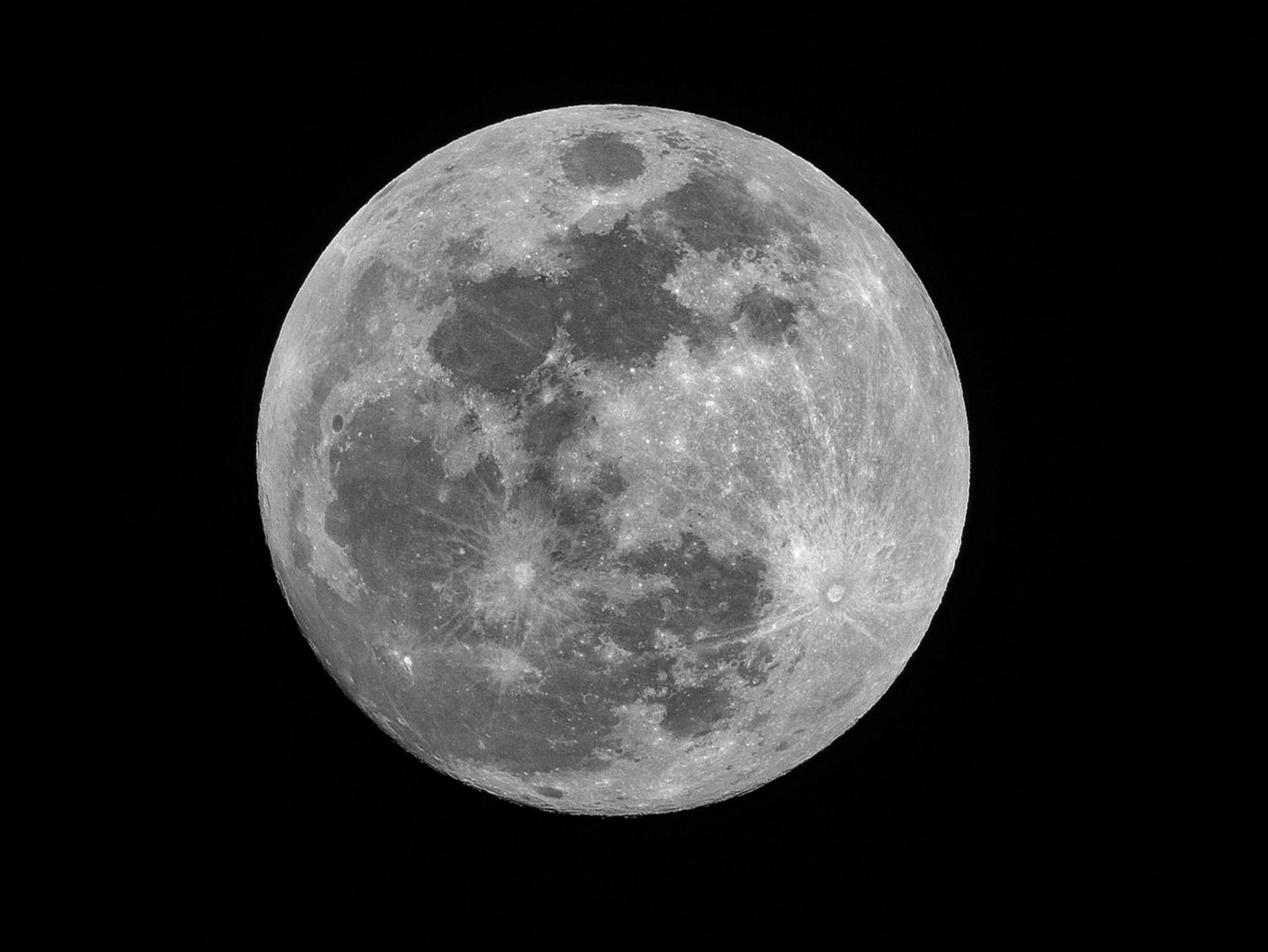Do you want to call someone on the moon? No, I’m not crazy as recently it was announced that NASA has selected Nokia, a Finnish company which was once a leading telecom company all over the world, to build a network station on the Moon, cool right? It has been over 50 years since the first lunar landing but scientists are still working extremely hard to build stations on the moon for exploring space which is still a mystery to humans.
$14.1 Million Contract and Tipping Point:
NASA gave Nokia a $14.1 million contract to install an “ultra-compact, low –power, space-hardened” wireless 4G network on the Moon as a part of Nasa’s Artemis program which involves various plans to establish stations in which human can work on the Moon by 2030. The U.S based space company has selected a total of 14 companies including Nokia, SpaceX, SSL Robotics, etc for its Moon mission and a total of $370 million is allocated for its Tipping Point program.
Artemis program:
The main target of the Artemis program is to send humans to Moon by 2024 where astronauts will begin carrying out different experiments and procedures to develop its first mission of sending humans to Mars. In its official statement, NASA said, “… this 4G system can support communication on Moon at a longer distance, faster speed and in the better way”.
However previously in 2018, Nokia had tried to launch an LTE network on the moon. It was a collaboration between PTScientists, a German space company, and Vodafone UK but that plan was never implemented due to some reasons.
Bell Labs in their Twitter thread said that the astronauts will use a wireless data network for transmission of data, controlling of lunar rovers, and real-time navigation so that high-definition videos of Earth can be made and seen through this network.
Small and Compact Cell Towers:
The 4G network on earth consists of large cell towers with giant generators but BellLabs has helped in creating a much smaller and compact cell tower that can be easily packed in the spaceship and transported to the moon.
Can Tolerate Brutal Environmental Conditions:
Nokia’s Lunar network station consists of an LTE- base station with EPC (Evolved Packet Core) functionalities, highly reliable operations, RF antennas, LTE user appliances, and control software. The company claims that the network will be designed in such a unique way that it can tolerate the extreme environmental conditions while launching and landing of the spaceship.
Future Plans:
In the future, Nokia has decided to further convert this 4G technology to a more rapid 5G network, so that communication can be made easier and faster in space. If these plans work out well, then astronauts would be able to send live pictures of space to Earth and the communication barrier would be diminished with the possibility of exploring different planets too.
New technologies are being made and scientists are trying hard to solve the mysteries involving space and our universe.


Leave a Reply